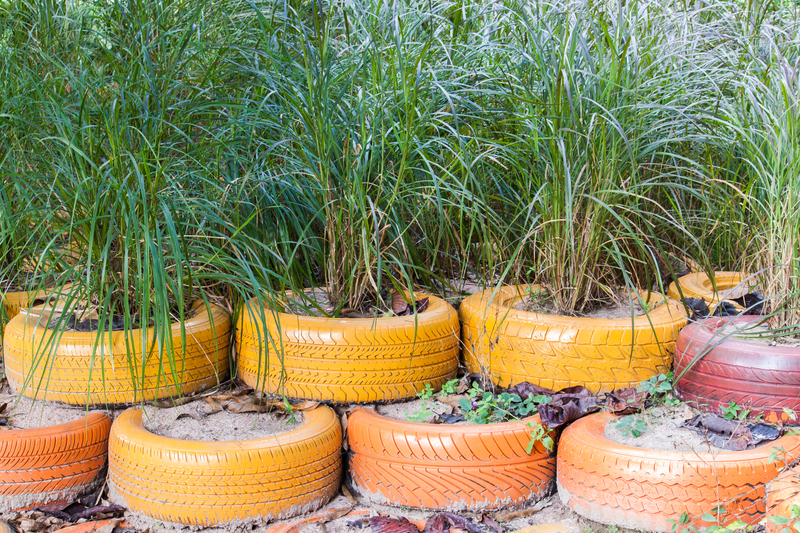Sea Pollution by Plastics
Posted on 23/08/2024
Sea pollution by plastics has become one of the most pressing environmental issues worldwide. With the advent of mass plastic production in the mid-20th century, the convenience of plastic products has led to staggering amounts of waste making their way into our oceans.
The Scope of Plastic Pollution in Our Oceans
Every year, an estimated 8 million metric tons of plastic waste enters the ocean, adding to the already staggering 150 million metric tons currently circulating the marine environment. This massive influx has turned our oceans into a plastic soup, affecting marine life, ecosystems, and even human health.

The Sources of Marine Plastic Pollution
Marine plastic pollution originates from a variety of sources:
Land-based sources: Around 80% of ocean plastics come from land-based activities such as improper waste disposal, industrial discharge, and littering.
Sea-based sources: The remaining 20% stem from activities at sea, including fishing, shipping, and offshore oil and gas platforms.
Impact on Marine Life
Plastic pollution severely impacts marine life in multiple ways:
Ingestion: Marine creatures often mistake plastic debris for food. The ingestion of plastics can lead to internal injuries, intestinal blockages, and even death.
Entanglement: Many marine animals, including turtles, seals, and birds, can become entangled in plastic waste, leading to injury, drowning, or suffocation.
Habitat disruption: Plastics can alter the habitat of marine life by smothering coral reefs, disrupting breeding grounds, and changing the natural conditions of marine environments.
Human Health Risks
Beyond environmental impacts, plastic pollution poses significant risks to human health. Microplastics, tiny plastic particles resulting from the breakdown of larger plastics, have infiltrated the food chain. They are found in seafood, salt, and even drinking water. The ingestion of microplastics has potential health implications, including hormone disruption and toxic buildup.
Efforts to Combat Plastic Pollution
Multiple strategies are being employed globally to reduce plastic pollution:
Legislation and Policies: Many countries are introducing bans on single-use plastics, implementing stricter waste management regulations, and promoting recycling.
Clean-up Initiatives: Ocean clean-up projects, beach cleans, and community initiatives play a vital role in removing plastics from marine environments.
Innovative Solutions: New technologies, such as biodegradable plastics and waste-to-energy models, are being developed to address the issue.
Pros and Cons of Plastic Usage
While plastics have undeniable benefits, their negative impacts cannot be overlooked.
Pros:
- Cost-effective and versatile
- Lightweight and durable
- Useful in medical and technological fields
Cons:
- Environmental pollution and degradation
- Harmful to wildlife
- Potential health risks to humans
Tips for Reducing Plastic Pollution
- Reduce: Limit the use of single-use plastics in your daily life.
- Reuse: Opt for reusable containers, bags, and utensils.
- Recycle: Properly sort and dispose of recyclable plastics.
- Support Policy Changes: Advocate for better waste management policies and plastic bans in your community.
- Participate: Get involved in local clean-up efforts and environmental campaigns.

Takeaways
Plastic pollution in the oceans is a critical environmental issue that affects marine life, ecosystems, and human health. Efforts to combat this problem must be multi-faceted, involving individual actions, community engagement, innovative solutions, and robust policy changes.
Conclusion
The fight against sea pollution by plastics requires the collective effort of individuals, communities, industries, and governments. By understanding the scope of the problem, recognizing the impact on marine and human health, and actively participating in solutions, we can work towards cleaner and healthier oceans for future generations.
